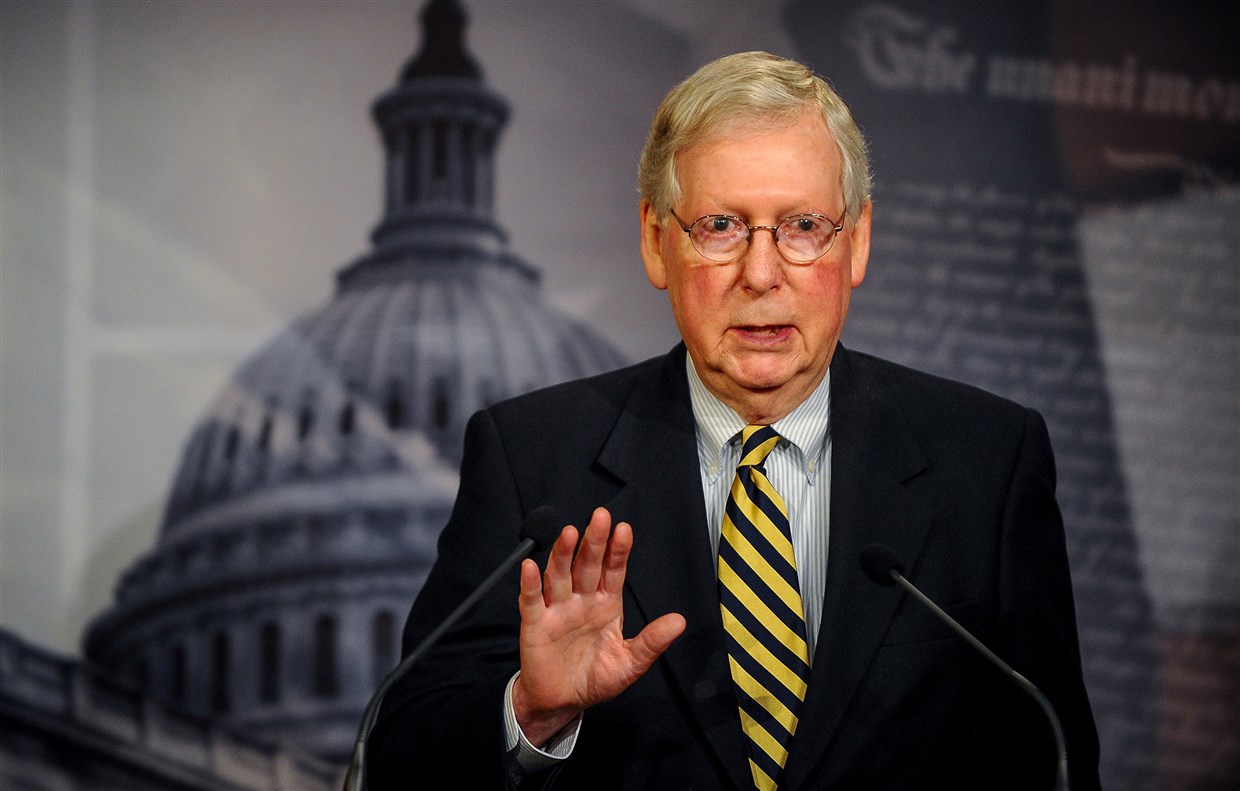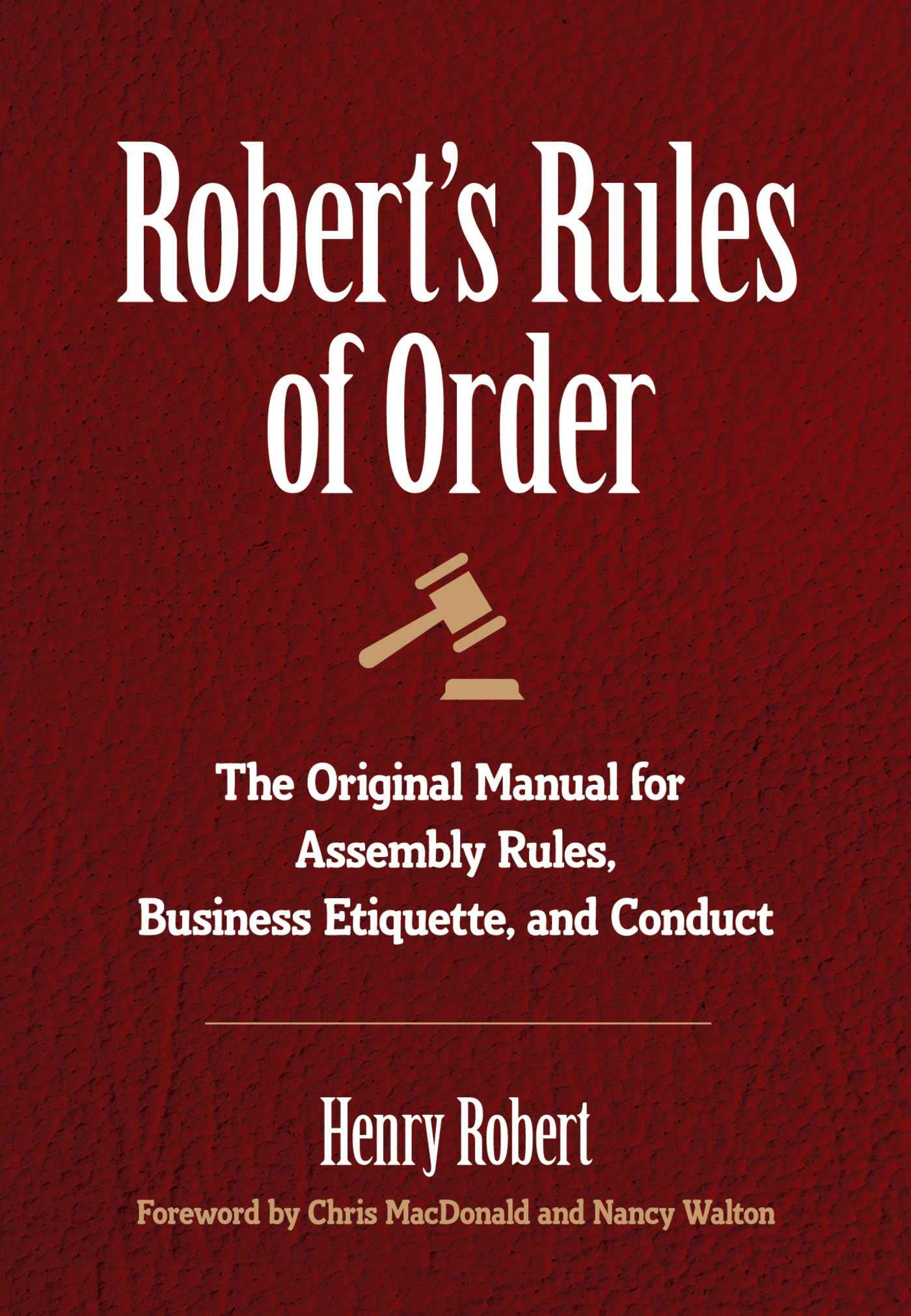The Freddy Krueger of consumer bankruptcy law is coming around to scare us again. That would be the Supreme Court case of Dewsnup v. Timm, which was decided way back in 1992. But because the Supreme’s interpretation of how to handle liens in bankruptcy court is so wishy-washy and apparently wrong, the controversy surrounding the subject never really gets solved, and continually pops up again. This time it happened in North Carolina.
Dewsnup attempted to address the question of how a court should view under secured liens when a borrower files for Chapter 7 bankruptcy.
The Supreme Court held that even if the collateral securing a loan isn’t worth enough to pay off the whole loan, the lender still holds its entire lien during and after the bankruptcy case.
As an example, take a $100,000 mortgage on a debtor’s house. A recession has plunged the value to $60,000. The debtor’s argument will be that after a bankruptcy case is filed, the lender should get a $60,000 secured claim with a lien on the property to that amount, and a $40,000 unsecured claim that gets wiped out during the case.
The Supreme Court says no, the lender gets to keep its full lien anyway, potentially worth up to $100,000, if the price of the property recovers after the bankruptcy filing. As a result, courts across the country following a strict view of Dewsnup don’t allow lien stripping motions in Chapter 7 cases.
This majority view was held by six justices in 1992. The late Justice Antonin Scalia and New Hampshire’s David Souter filed a blistering dissent, emphasizing the plain language of bankruptcy code section 506, which appears to allow claims to be split into secured and unsecured portions. At the time, Justice Clarence Thomas had not yet joined the court.
The confusing wording of the majority opinion in Dewsnup has spawned no fewer than 1,313 lower court interpretations through April of 2020. Many of these have been critical, although only the Supremes themselves can wipe the opinion from their books.
There have been some attempts over the years. In 2015, the Supreme Court heard another lien stripping case, and seemed poised to overturn Dewsnup in the Caulkett case, but they stopped short, saying that they might well have, but weren’t asked properly.
Tidbits like the Caulkett decision have tantalized conservative court watchers, who note that in addition to Thomas, Justice Neil Gorsuch appears to hold a jaundiced view of Dewsnup, based on his writing as an appellate judge for the Tenth Circuit in Denver.
But in 2019, the Court explicitly declined to hear the Dewsnup challenge of Ritter v. Brady.
So the battle goes on. In March, 2020 a North Carolina bankruptcy judge in Vasquez v. JP Morgan Chase wrote a decision that refused to allow the debtor a lien strip, but he picked apart the Dewsnup reasoning nevertheless.
The Vasquez case is being appealed. Perhaps it will go all the way to Washington. And maybe then Freddy Krueger’s head will finally be placed on a platter.
by Doug Beaton
Attorney Douglas J. Beaton has practiced bankruptcy law in the Northeast for twenty-six years, and is an active commentator on developments in bankruptcy practice and procedure. He can be reached through this form:









